THE STORY OF MILK
From Cow to Carton

Part One
The Cow
The milk you drink comes from cows in dairy farms all across PEI. After giving birth to her baby, a cow will produce milk for eleven months! These hungry mother’s need to eat large amounts of grass and special feed made by the farmer.

Part Two
The Milking Station
At least twice a day, cows will visit the milking station! This is where the milk is taken from the cow’s utter by a milking machine!

Part Three
The Milk Truck
Once the milk truck arrives, the driver always takes a sample of the milk for a safety test. After the test is complete the driver loads the milk into the truck.

Part Four
The Dairy

Part Five
Pasteurization

Part Six
The Cream Separator

Part Seven
Homogenization
Next the milk will travel through The Homogenizer which breaks up the cream and spreads it evenly throughout the batch.

Part Eight
Packaging

Part Nine
Home Sweet Home
THE STORY OF MILK
From Cow to Carton
Part One
The Cow
The milk you drink comes from cows in dairy farms all across PEI. After giving birth to her baby, a cow will produce milk for eleven months! These hungry mother’s need to eat large amounts of grass and special feed made by the farmer.

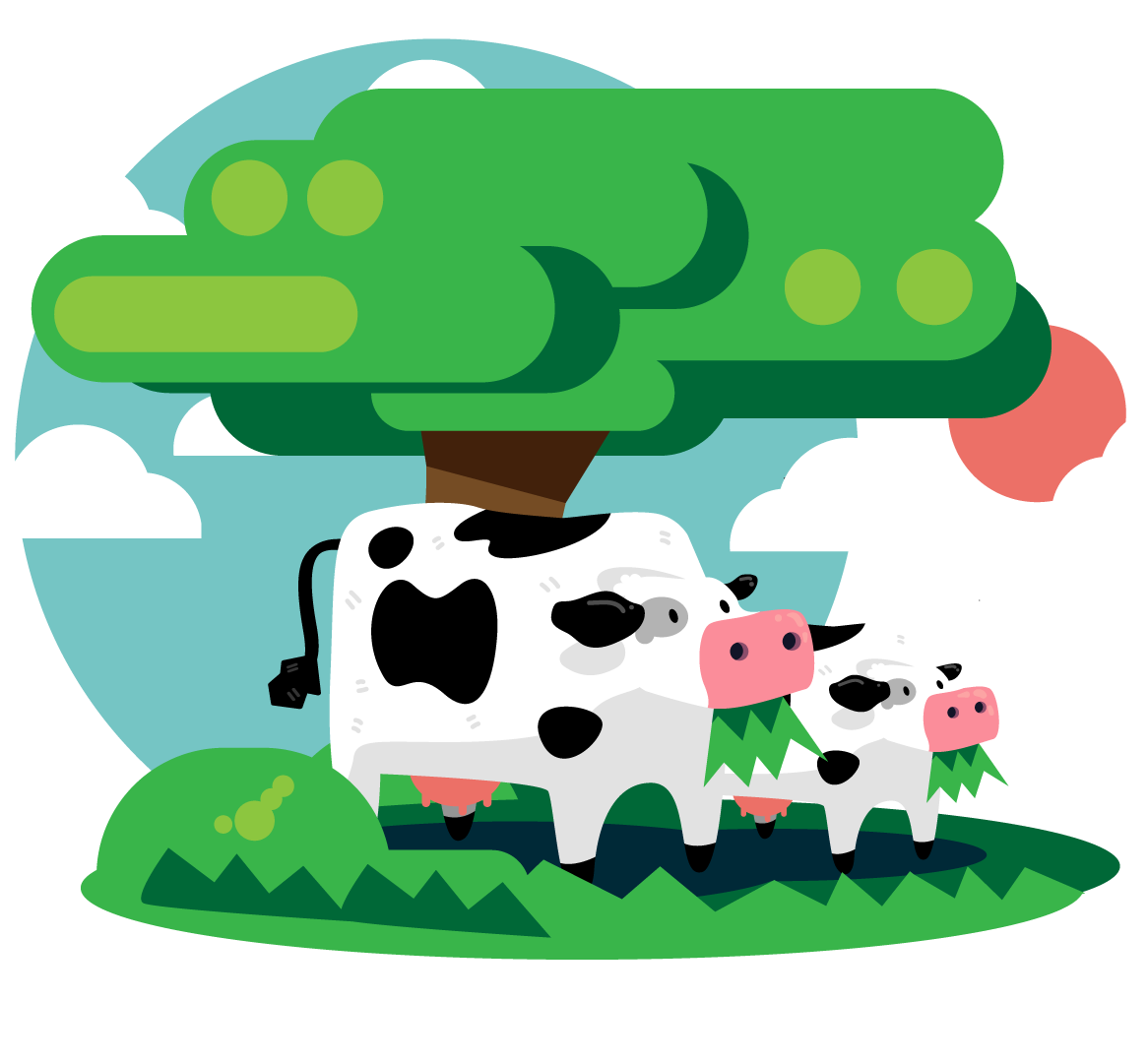
Part Two
The Milking Station
At least twice a day, cows will visit the milking station! This is where the milk is taken from the cow’s utter by a milking machine!

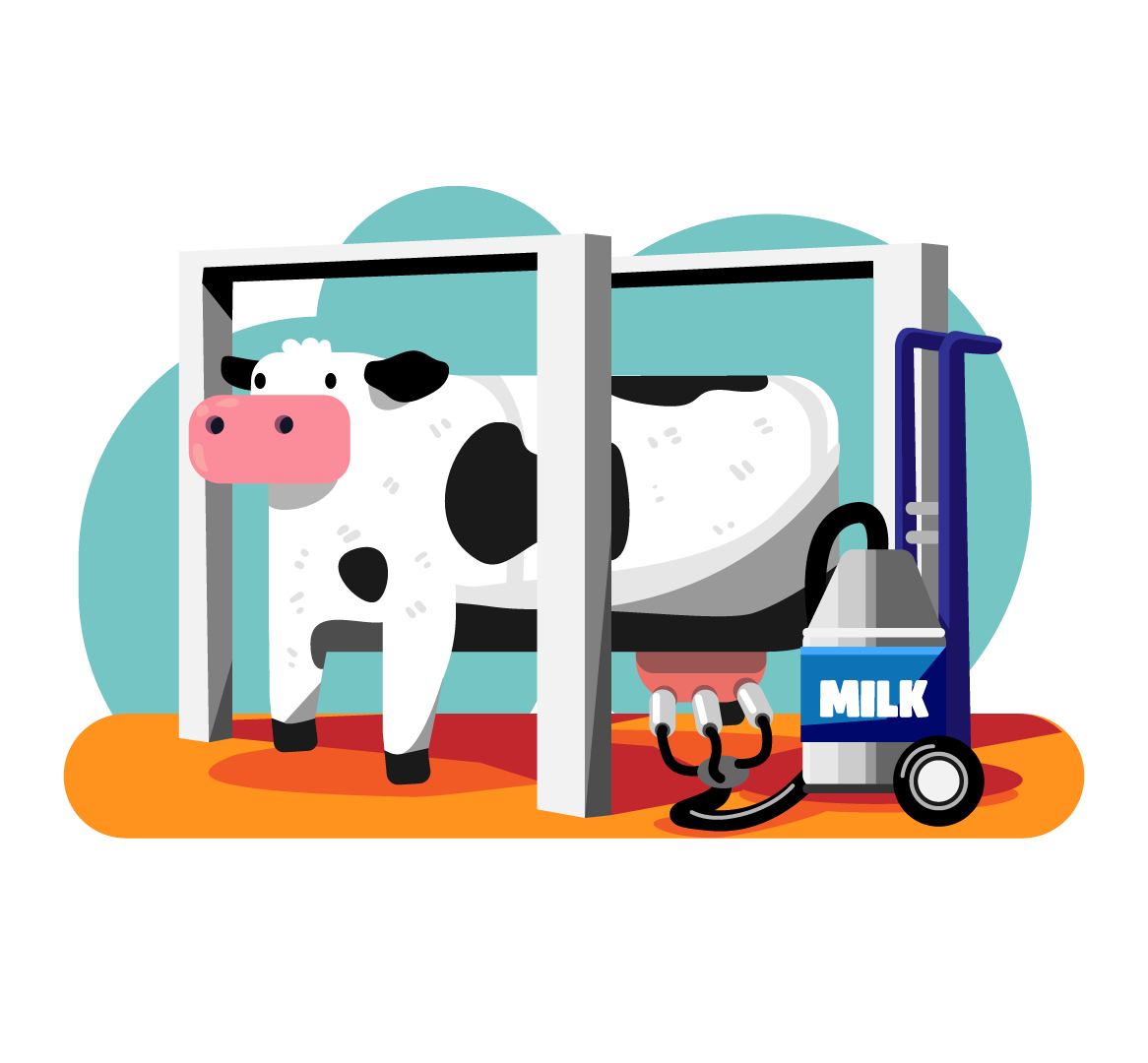
Part Three
The Milk Truck
Once the milk truck arrives, the driver always takes a sample of the milk for a safety test. After the test is complete the driver loads the milk into the truck.

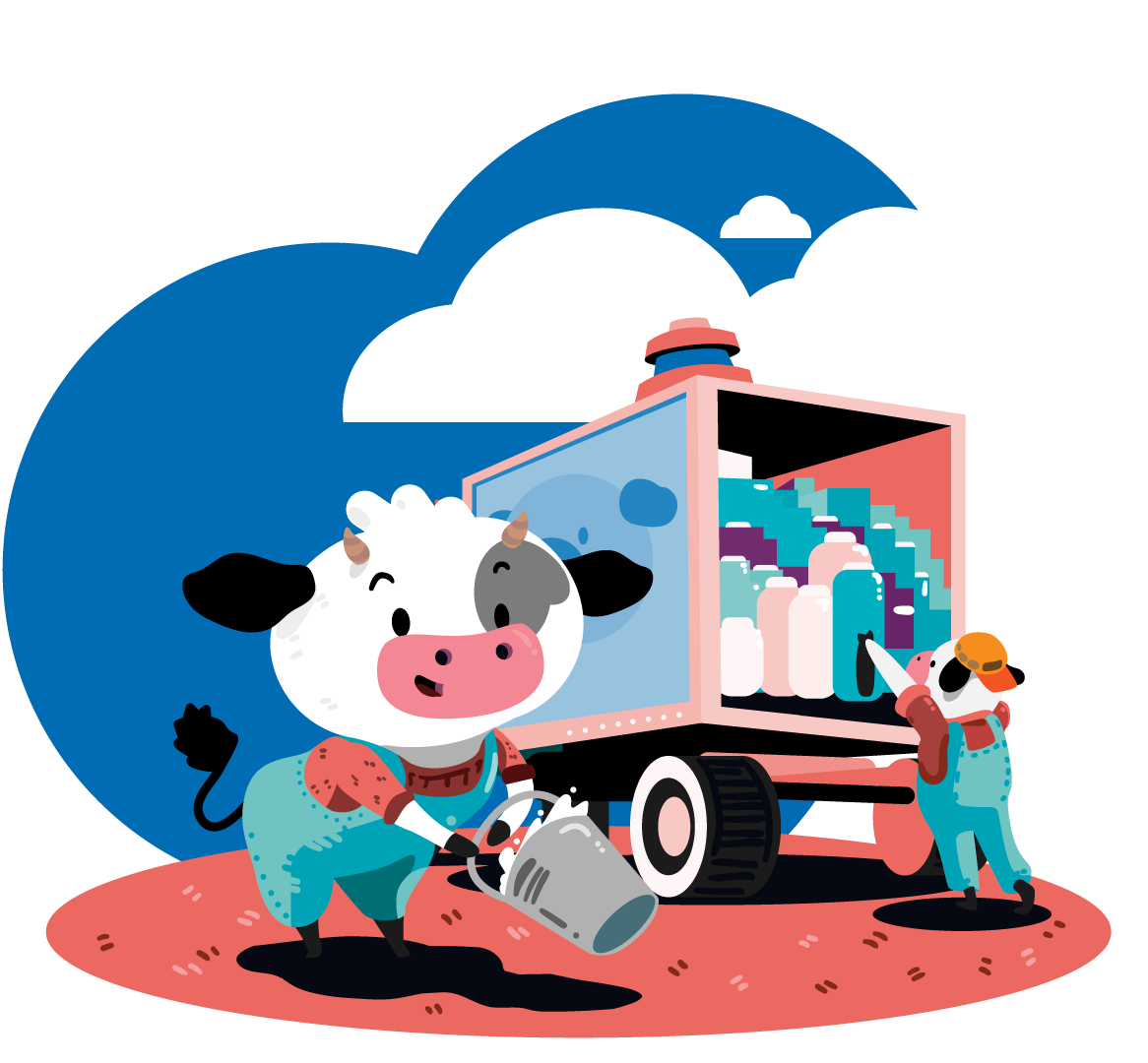
Part Four
The Dairy
The milk is delivered to The Dairy where it is carefully tested again to make sure it’s 100% safe! Next the milk will be pasteurized, homogenized, and packaged for the grocery store!

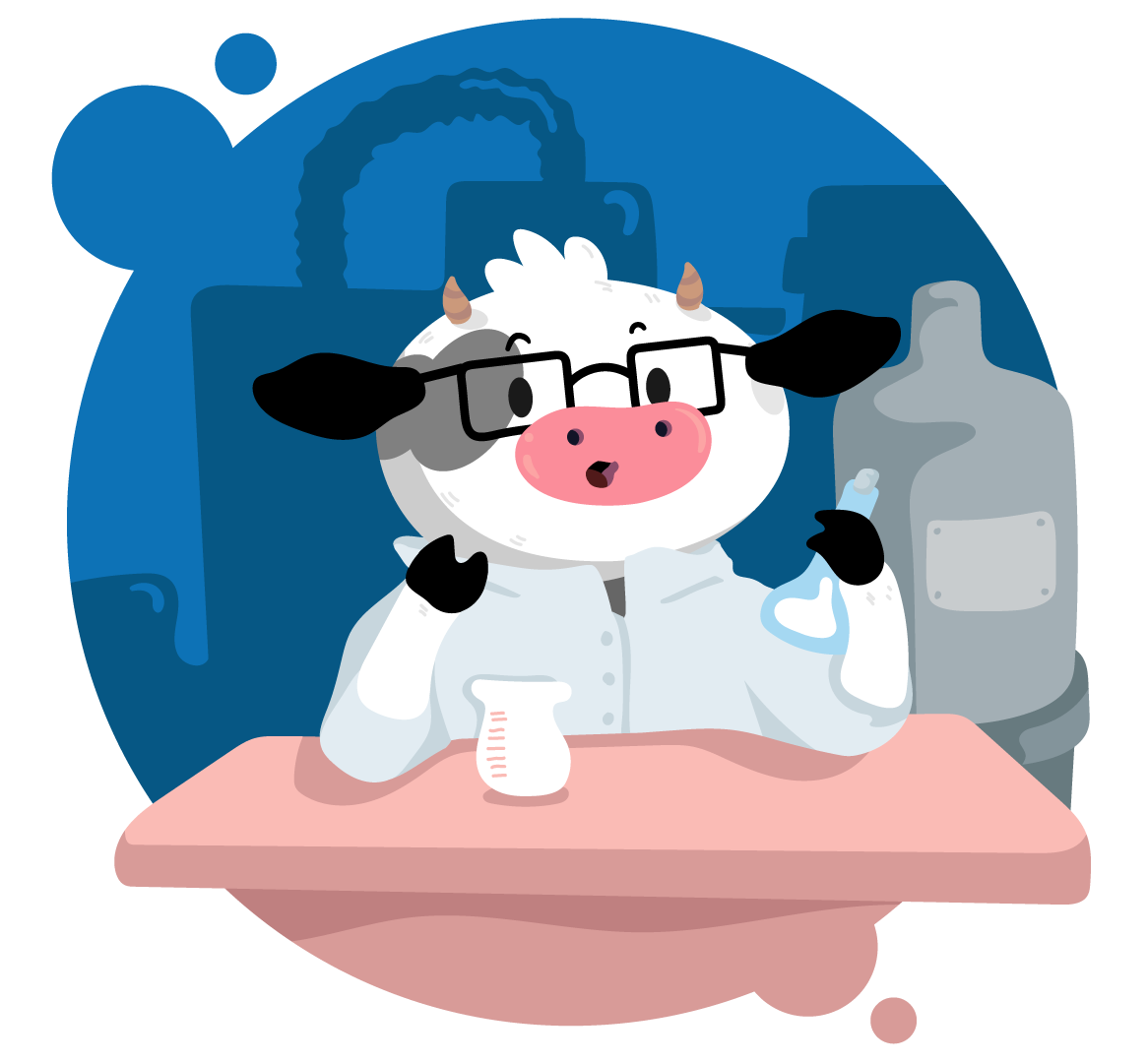
Part Five
Pasteurization
First the milk is pasteurized which means heating it up to a very hot temperature, then cooling it down fast! The heat kills bad bacteria in the milk while leaving the good nutrients in. This process keeps the milk fresh and safe to drink!

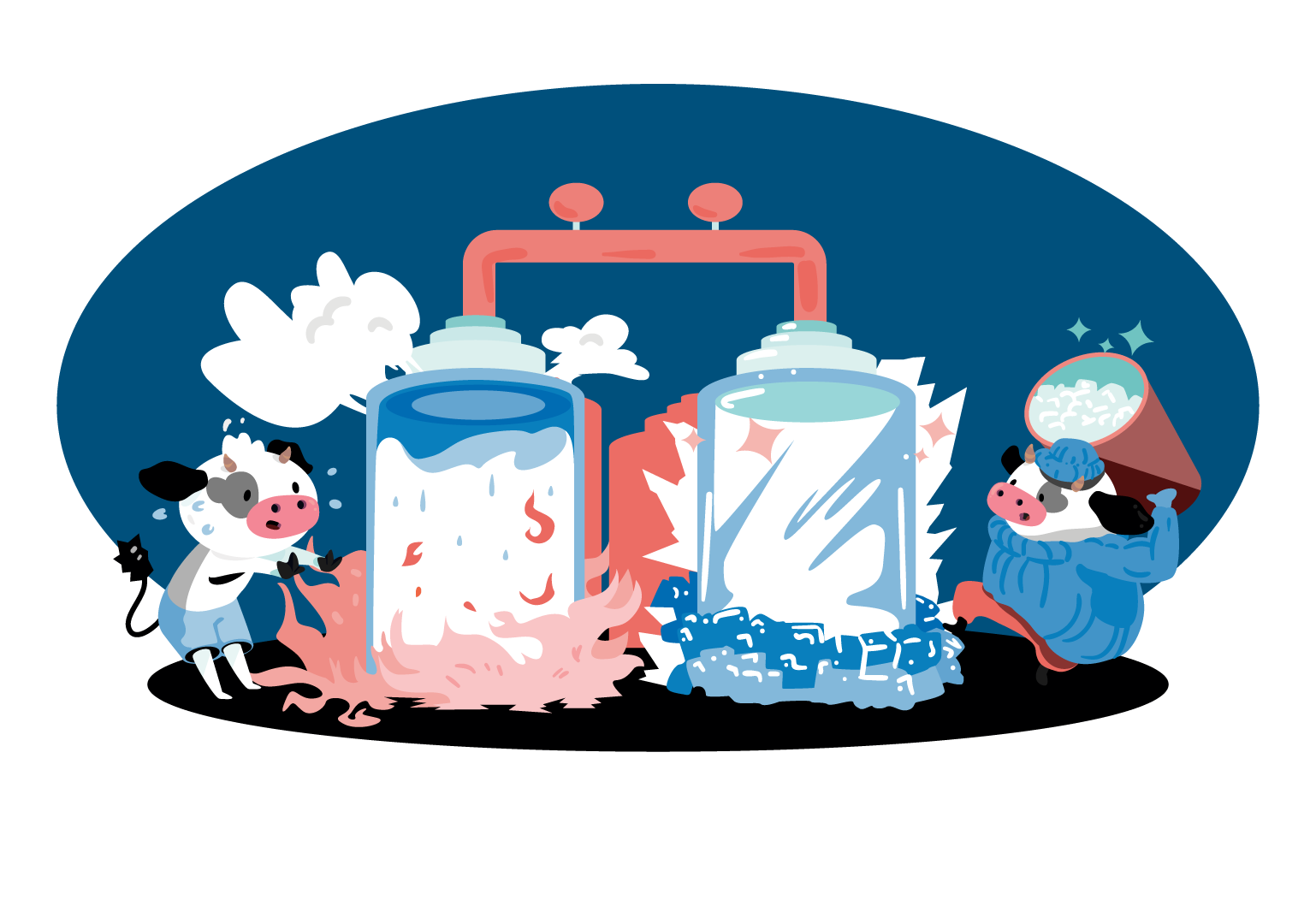

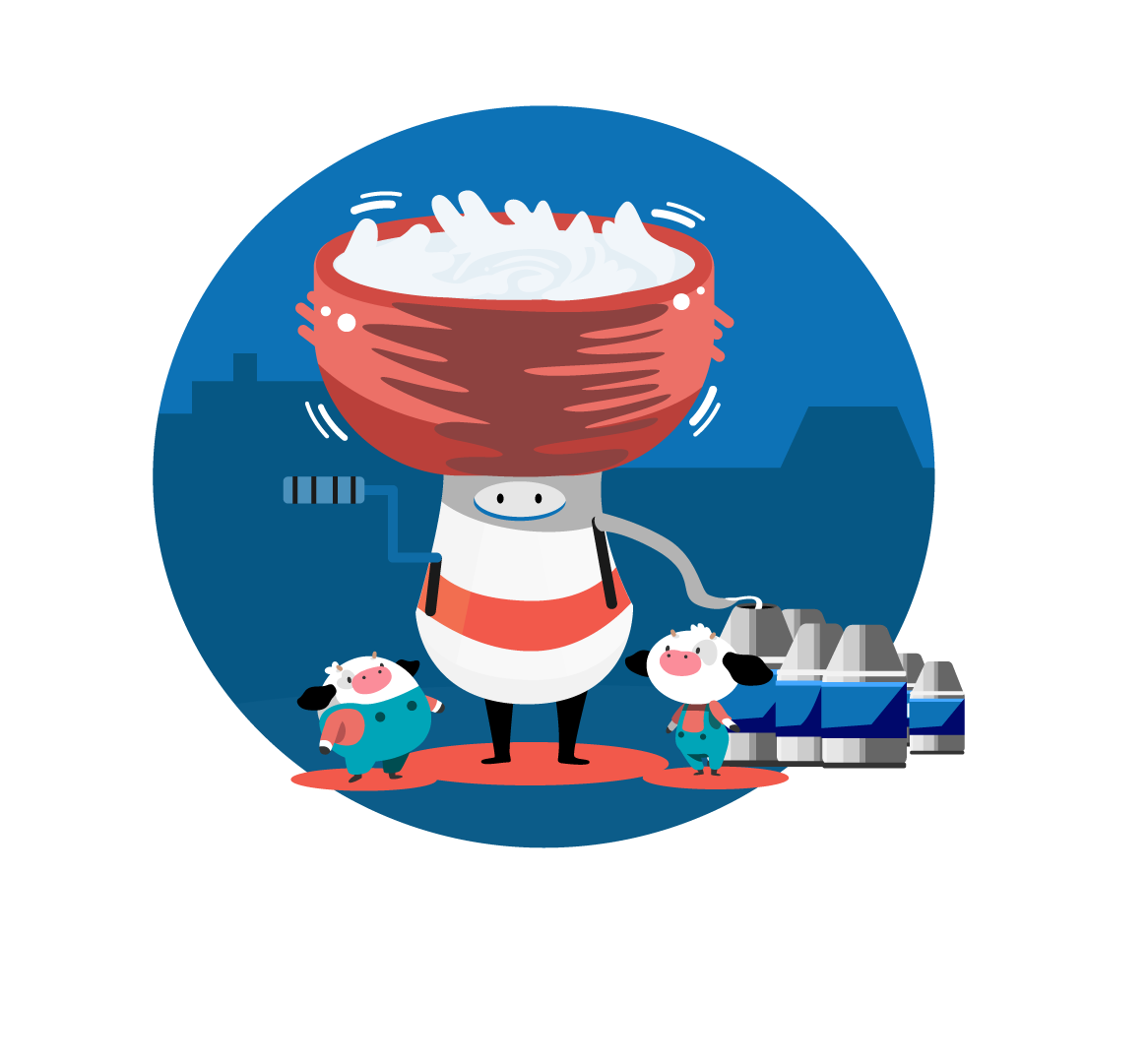
Part Six
The Cream Separator

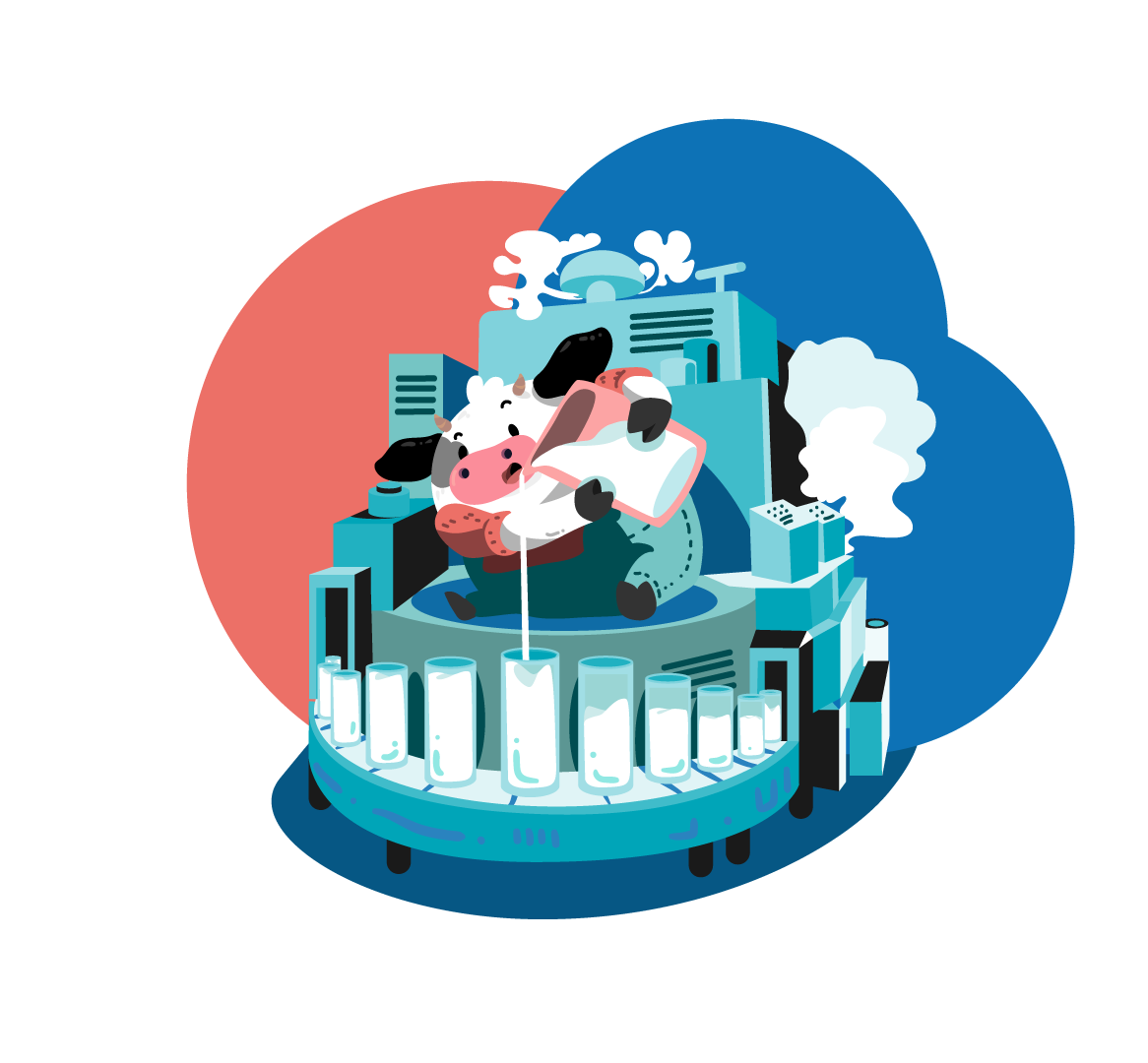
Part Seven
Homogenization

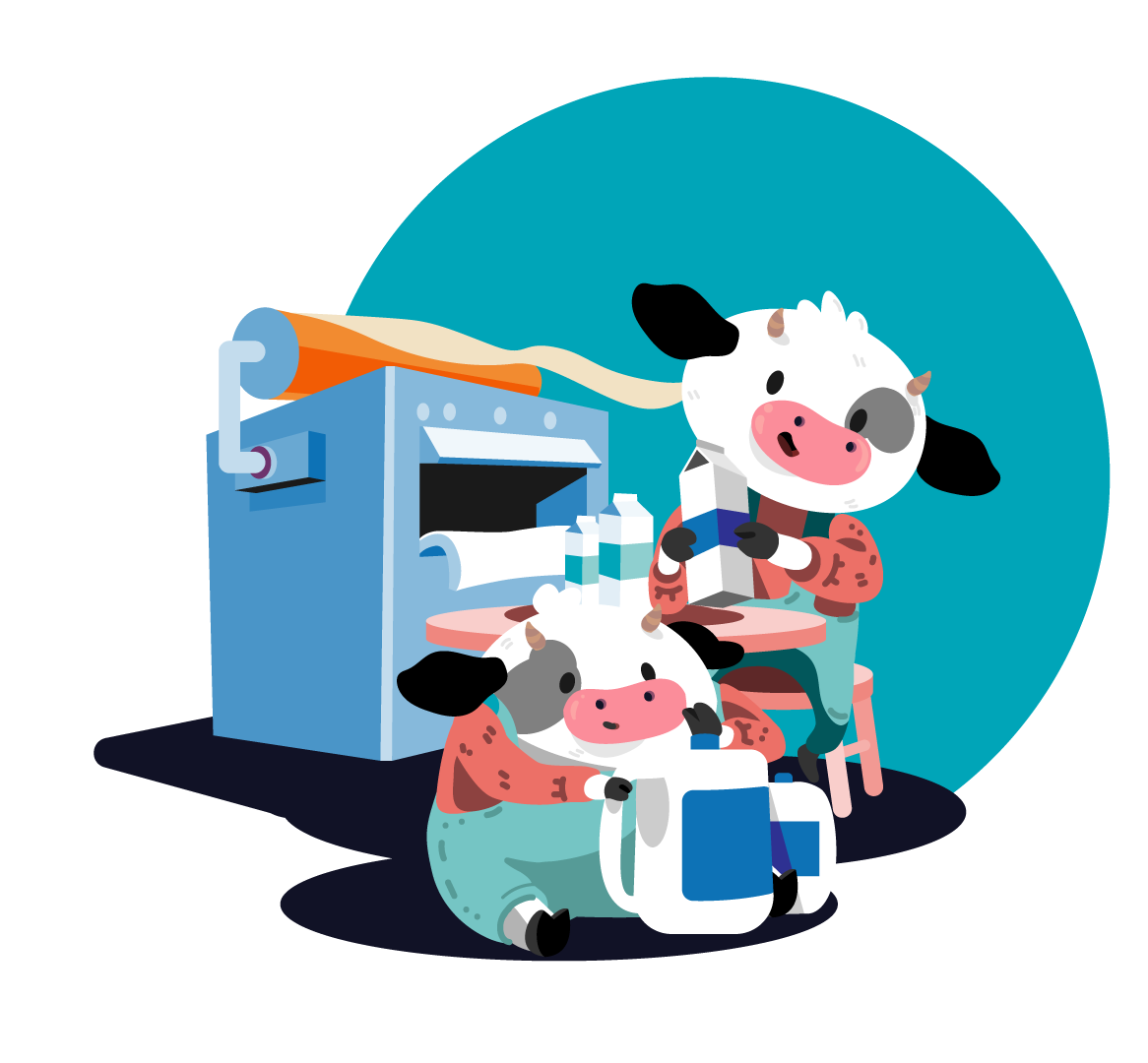
Part Eight
Packaging

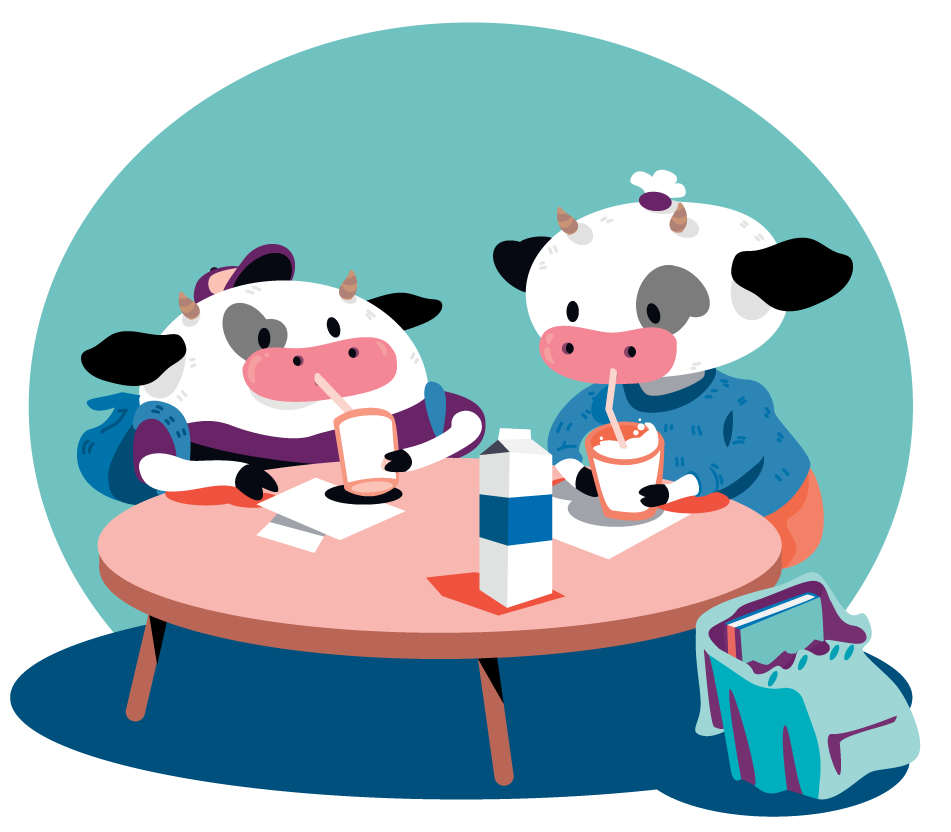
Part Nine
Home Sweet Home
Finally the milk is ready to be enjoyed by you! Milk is an important source of 16 nutrients including calcium and vitamin D, which are important to leading a healthy lifestyle.
